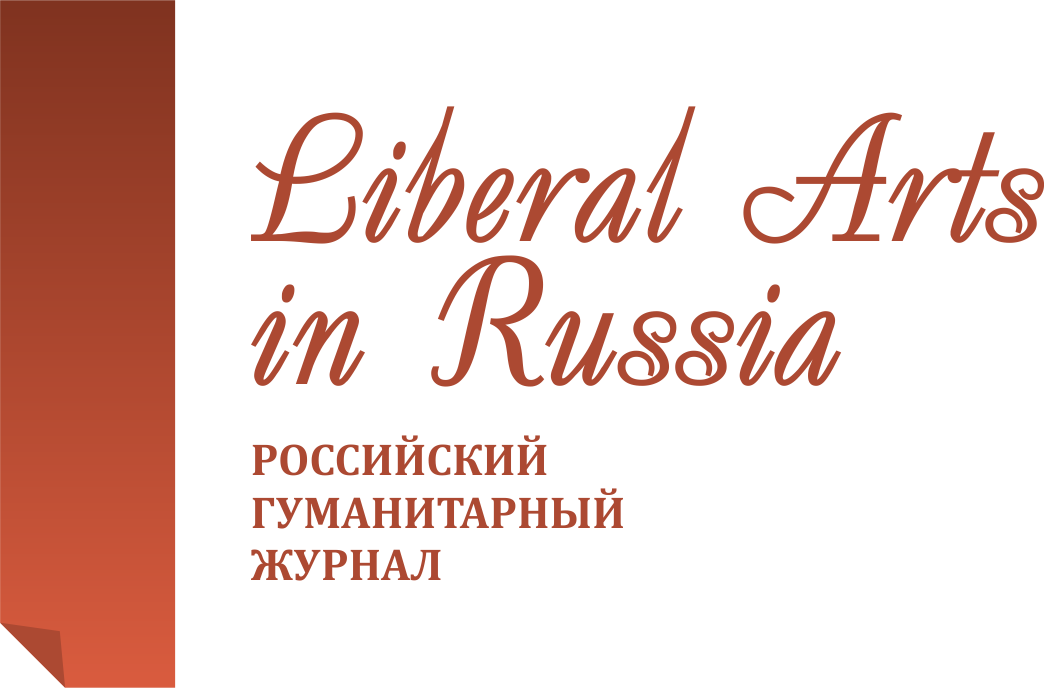RETRACTED Problems of gifted children teaching and the phenomenon of dual exceptionality in the secondary school
Liberal Arts in Russia. 2016. Vol. 5. No. 5. Pp. 474-487.
Get the full text (Russian) Abstract
In the article, the phenomenon of dual exceptionality is discussed that takes place in the specific situation when a child simultaneously has the characteristics of giftedness and the diseases impairing the learning process at school. Training the child requires from the teacher, on the one hand, the development of giftedness in a particular area, on the other hand - the correction features complicating the learning process. In this group, there more likely includes the left-handed children, children with attention deficit hyperactivity disorder and those who had the syndrome of autistic specter. The methods of the lateral preferences assessment are described. It was discussed that children with mixed lateral parameters had the most severe problems at school. They have the problems with writing and with reading if they have different predominant parameters, for example right leading hand and left leading ear or left leading eye and right leading ear and so on. In this age corpus callosum works poorly and transmits the information from one hemisphere to another badly. In group with the children having the left lateral preferences, there are a lot of children with the autistic specter disorders and children with hyperactivity and attention deficits. The course of this fact is explained with the knowledge that left lateralization has two mechanisms. The first one is genetic one and the second one is connected with the trauma before the birth and during this process. The set of pedagogical and psychological methods are offered for the teachers for the support of all kinds of students.
Keywords
- • double exceptionality
- • autism
- • left-handedness
- • attention deficit hyperactivity disorder
References
- Druzhinin V. N. Psikhologiya obshchikh sposobnostei [Psychology of general abilities]. Saint Petersburg: Piter, 2008.
- Vereshchagina N. V., Nikolaeva E. I. Psikhologiya obrazovaniya v polikul'turnom prostranstve. 2010. Vol. 2. No. 2. Pp. 45-51.
- Konovalov V. Sem'ya i shkola. 1984. No. 6. Pp. 46-47.
- Nikolaeva E. I. Psikhofiziologiya. Psikhologicheskaya fiziologiya s osnovami fiziologicheskoi psikhologii [Psychophysiology. Psychological physiology with the basics of physiological psychology]. Novosibirsk, 2003.
- Nikolaeva E. I. Psikhologiya obrazovaniya v polikul'turnom prostranstve. 2009. Vol. 1. No. 1-2. Pp. 32-35.
- Nikolaeva E. I. Asimmetriya. 2015. Vol. 9. No. 2. Pp. 9-17.
- Nikolaeva E. I. "Psikhologiya i pedagogika sub''ektov semeinoi i sotsial'nykh sistem". Mat. konferentsii. 2014. Pp. 93-95.
- Nikolaeva E. I., Vergunov E. G., Dobrin A. V. Asimmetriya. 2015. Vol. 9. No. 1. Pp. 13-24.
- Nikolaeva E. I., Dobrin A. V. Narodnoe obrazovanie. 2014. No. 8. Pp. 155-161.
- Pylaeva O. A. Russkii zhurnal det-skoi nevrologii. 2015. Vol. 10. No. 3. Pp. 15-36.
- Pylaeva O. A. Russkii zhurnal det-skoi nevrologii. 2015. Vol. 10. No. 4. Pp. 17-42.
- Razumnikova O. M., Nikolaeva E. I. Voprosy psikhologii. 2001. Pp. 123-129.
- Antshel K. M., Faraone S. V., Stallone K. J. Child Psychol. Psychiatry. 2007. Vol. 48. No. 7. Pp. 687-694.
- Burt S. C. The Backward child. London: University of London press, 1961.
- Henderson L. M. Gifted Child Today. 2001. Vol. 24. No. 3. Pp. 28-35.
- Lovett B. J., Lewandowski L. J. J. Learn Disabil. 2006. Vol. 39. No. 6. Pp. 515-527.
- Mannuzza S., Klein R. G., Bessler A. J. Am. Acad. Child Adolesc. Psychiatry. 1997. Vol. 36. Pp. 1222-1227.
- The social and emotional development of gifted children: what do we know?. Ed. Neihart M., Reis S., Robinson N., Moon S. Waco, TX: Prufrock Press, 2002.
- Røsstad A. Tidsskr Nor Laegeforen. 2002. Vol. 122. No. 30. Pp. 2887-2890.
- Winner E. Am. Psychol. 2000. Vol. 55. No. 1. Pp.159-169.
